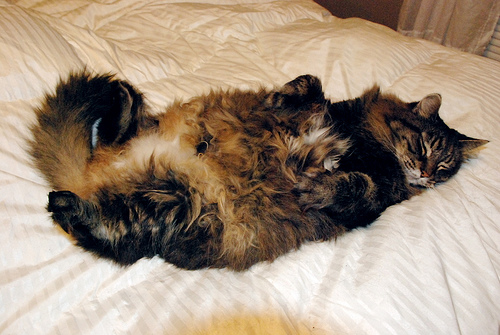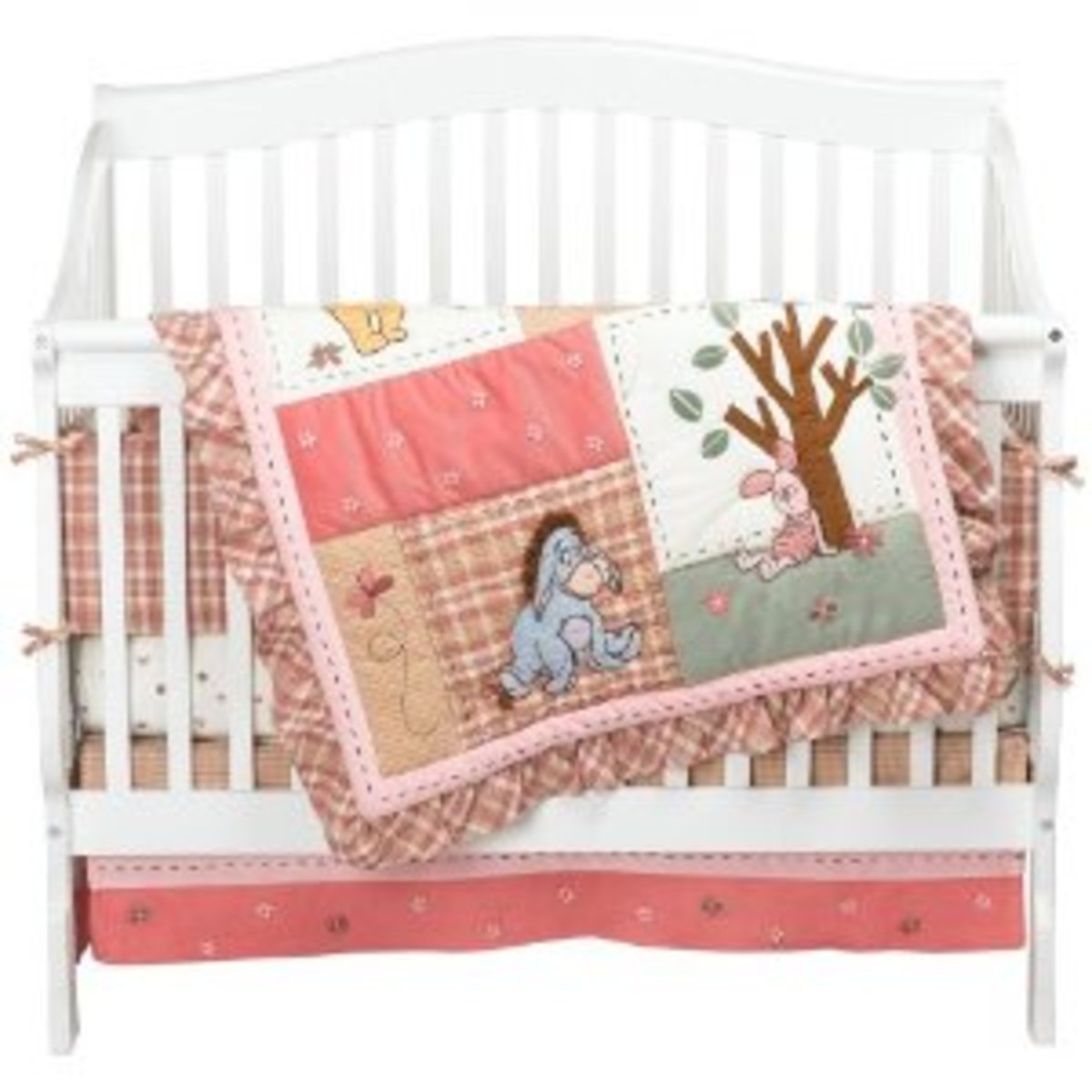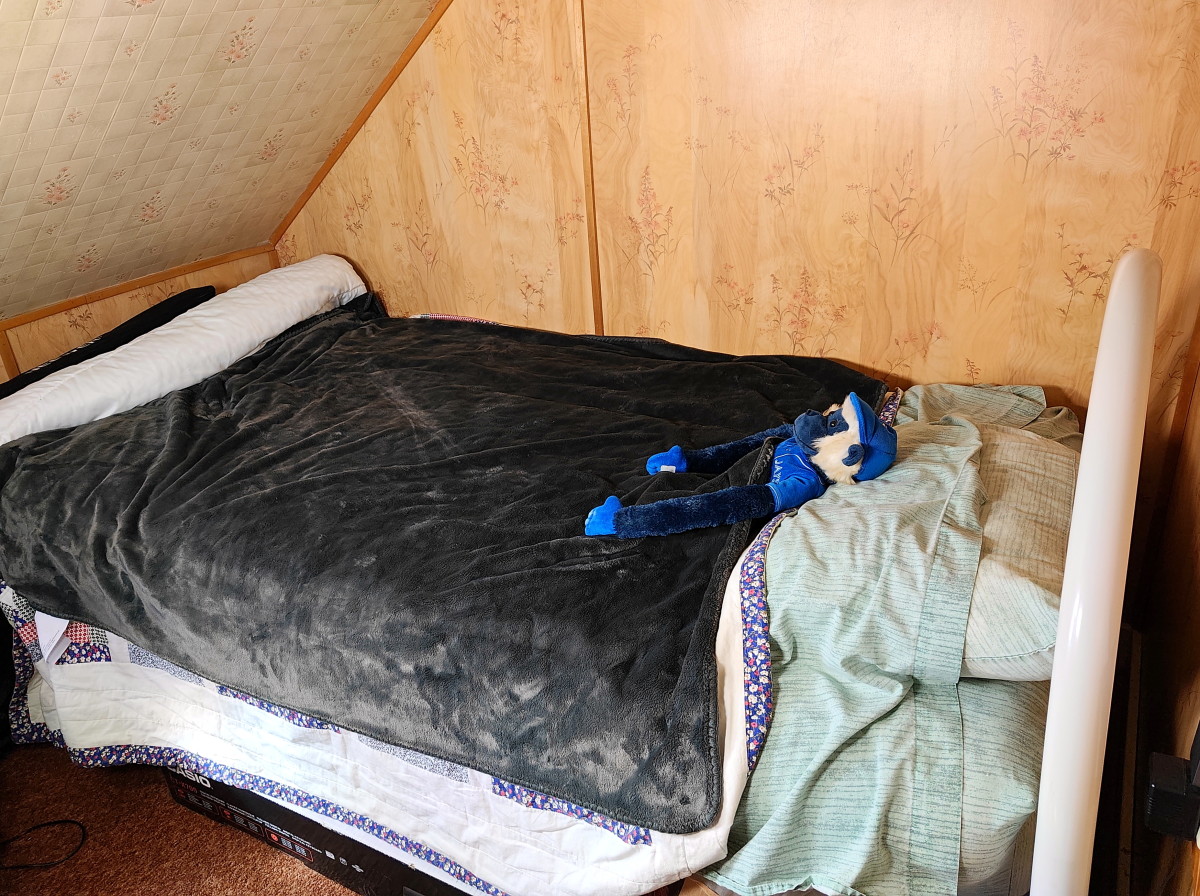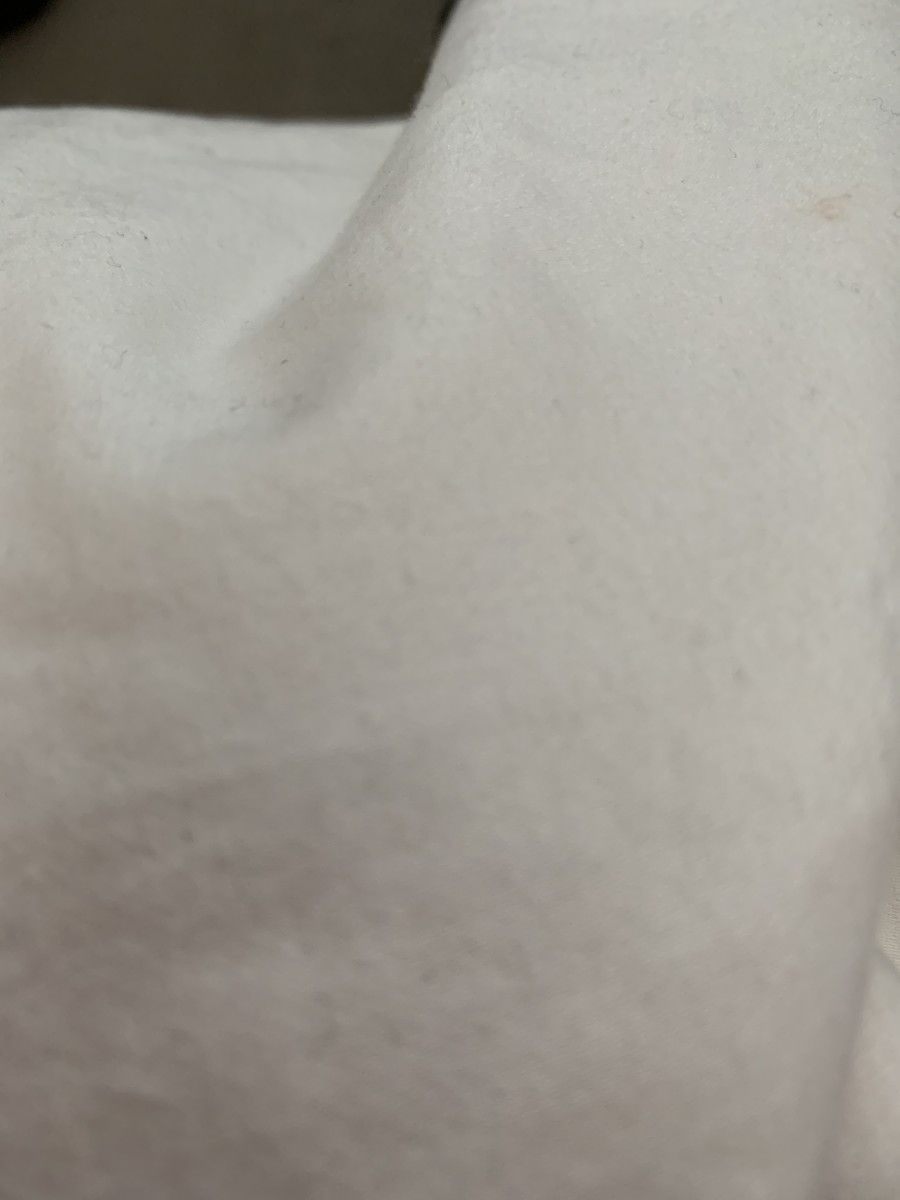- HubPages»
- Home and Garden»
- Home Furnishings»
- Bedding & Linens
Choosing a Down Comforter
A good quality down comforter may be the best bedding purchase you'll ever make. Cozy, fluffy, and soft, down comforters have a well deserved reputation for night-time bliss. However, not all down comforters are created equal.
Here are some tips on choosing a down comforter that's perfect for your needs:

Thread Count
Thread count is the number of threads per square inch. The higher the thread count, the softer and more durable the comforter. Higher thread counts also prevent dirt and dust from passing through and mingling with the down, and, if you purchase a comforter that contains a mix of down and feather, they prevent feathers from sticking through the fabric and poking you.
However, because it is recommended that you use down comforters with a duvet cover anyway, it is not as important to choose an extremely high thread count down comforter as it might be to choose high thread count sheets and pillow cases. If you are on a tighter budget, this is one area where you can safely skimp a little.
Baffle Box Construction
Baffle box construction, or baffling, is a type of down comforter construction, in which "walls" are sewn into the comforter in order to prevent the down from shifting. It is very important to choose a down comforter with baffling, because if you don't, the down will shift over time, leaving some areas overly full and others empty, which can result in uncomfortable lumps and cold spots.
Fill Power
Another important factor to consider when choosing a down comforter is the fill power (FP). Fill power is a measure of the quality of the down. The higher the fill power, the lighter, fluffier, and warmer the down. In general, anything over 600 FP is considered to be good. Over 800 FP is considered excellent.
The type of down has a significant effect on the fill power and quality of the comforter. Canadian and Hungarian goose downs are considered the best, and have the highest fill power. Other goose downs are medium quality, and mixes of goose down and feathers, or duck down and feathers are the lowest quality. (In addition to being lower quality than goose down, duck down may have an unpleasant odor.) I do not recommend choosing a down-feather mix, as they can be irritating or scratchy to the skin.
One exception to the generally lower quality of duck down is eider down. Eider down comes from the eider duck and it is considered one of the finest quality downs of all.
Weight
High fill power results in a warmer comforter. Another way to increase the warmth of a comforter is to add weight. Most down comforters come with a measure of weight. The most common names are Light Weight or Summer Weight, Classic Weight, and Arctic Weight.
When choosing a weight, consider your sleeping preferences. Most people find Arctic Weight comforters to be far too heavy and warm for comfort, especially during the summer months. However, if your home is drafty or poorly heated, or if you constantly feel cold at night, an Arctic Weight comforter might be exactly what you need. Likewise, though many people, especially in northern climates, find Summer Weight comforters too cold, if you overheat easily while sleeping, Summer Weight may be the most comfortable choice for you.
When in doubt, stick with Classic Weight.
Humane Treatment
If you are concerned about humane treatment of the geese and ducks raised for down, avoid any down that has been "live plucked." Live plucking is the practice of plucking down from a live bird. It is generally done several times over the course of the bird's lifetime and it is painful and stressful for the birds, much like pulling hair from the head of a live human. A few countries where live plucking is known to occur include China, Poland, and Hungary.
Live plucked down is sometimes labelled "hand harvested" in an attempt to make it sound more humane than it actually is.

Hypo-Allergenic Down Comforters
Some people have an allergic reaction to down, but thanks to a beautiful wildflower named Asclepias syriaca (better known as Common Milkweed, the favorite food of Monarch butterflies) even people with down allergies can now enjoy the comfort and warmth of down comforters.
Milkweed floss is mixed with goose down, where the floss traps the dust and dander that lead to allergic reactions. Floss-down mixes, which are sometimes marketed as "hypodown," are actually even warmer and more durable than pure down.



